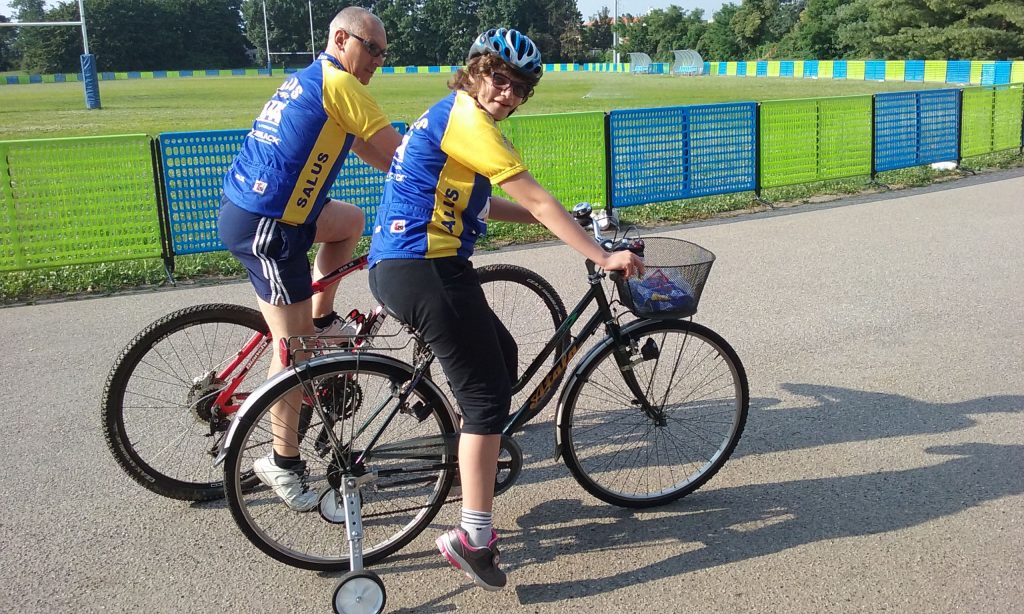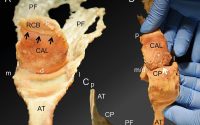Regular exercise prevents the development of chronic pain
Chronic musculoskeletal pain is a significant health problem and is associated with increases in pain during acute physical activity.
A study by researchers from the University of Iowa examined if regular physical activity has a role in the development of chronic pain. The study used mice as subjects,
- a group of mice was induced with physical activity by placing running wheels in home cages of mice for five
- Another exercise group but the mice exercise for eight weeks
- A sedentary mice group without running wheels in their home cages.
Chronic muscle pain was induced by repeated intramuscular injection of pH 4.0 saline. Exercise-enhanced (acute) pain was induced by combining a 2-h fatiguing exercise task with a low-dose muscle inflammation (0.03% carrageenan), and acute muscle inflammation was induced by 3% carrageenan.
The effects were tested via the responses of the paw (response frequency) and muscle (withdrawal threshold) to nociceptive stimuli. Because the rostral ventromedial medulla (RVM) is involved in exercise-induced analgesia and chronic muscle pain, changes in phosphorylation of the NR1 subunit of the N-methyl-d-aspartate (NMDA) receptor in the RVM were tested.
The results showed that
- Regular exercise prevents the development of chronic muscle pain and exercise-induced muscle pain:
Mice that exercised for 8 weeks did not develop hyperalgesia compared with the mice in the short-term exercise (5 days) or sedentary groups. The protective effect of exercise was temporary; hyperalgesia returned 13 days after removal of the running wheel.
- Regular exercise does not affect the development of acute pain:
Eight weeks of exercise still incur protective pain in response to an acute injury.
The mechanism of chronic pain prevention is by reducing phosphorylation of the NR1 subunit of the NMDA receptor in the central nervous system. The results suggest that regular exercise reduces pain by activation of opioid receptors in descending inhibitory pathways in the central nervous system.
Thus physical inactivity is a risk factor for the development of chronic pain and may set the nervous system to respond in an exaggerated way to low-intensity muscle insults.


